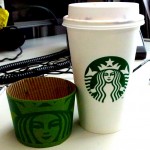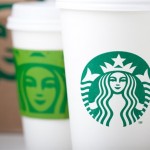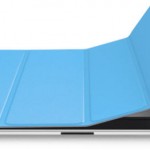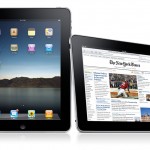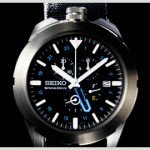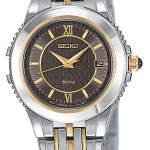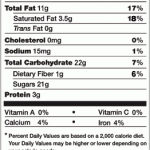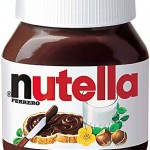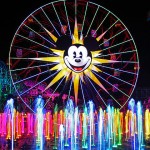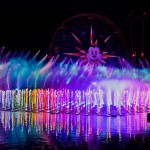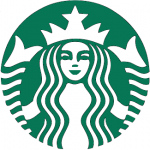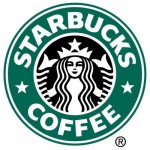Pirates of the Caribbean 4 Official Trailer 1
Pirates of the Caribbean 4 Official Trailer 2
The newest Pirates of the Caribbean movie is set to release on May 20, 2011, and it is sure to attract numerous fans, despite the mixed expectations. While the film has a greater focus on Johnny Depp’s character this time, the newly cast actors do not disappoint. Among those joining the swashbuckling adventure are Ian McShane portraying the infamous pirate Blackbeard and Penélope Cruz playing Blackbeard’s daughter.
There is no doubt that Disney’s marketing magic will attract numerous fans to theatres. As a big fan of Johnny Depp and the Pirates of the Caribbean movies, I will definitely be seeing it!
Disney has a way of attracting and retaining loyal customers through its effective CRM. Loyal Disney customers seek not only the end product, but the experience that comes with it. Disney rarely fails to exceed expectations when it comes to entertainment, and this is likely to be the reason that customers will see Pirates of the Caribbean: On Stranger Tides, no matter what they hear from others. If we look at earlier “Pirates” films, we see that The Curse of the Black Pearl earned about $46 million in its opening weekend, while Dead Man’s Chest and At World’s End earned approximately $135 million and $114 million respectively. Despite declining expectations for the third film, At World’s End, it was extremely successful. The excitement and action that the “Pirates” films bring, along with the charm of Johnny Depp, are sure to be adequate for a successful opening weekend.
Check out official trailers 1 and 2 above!

